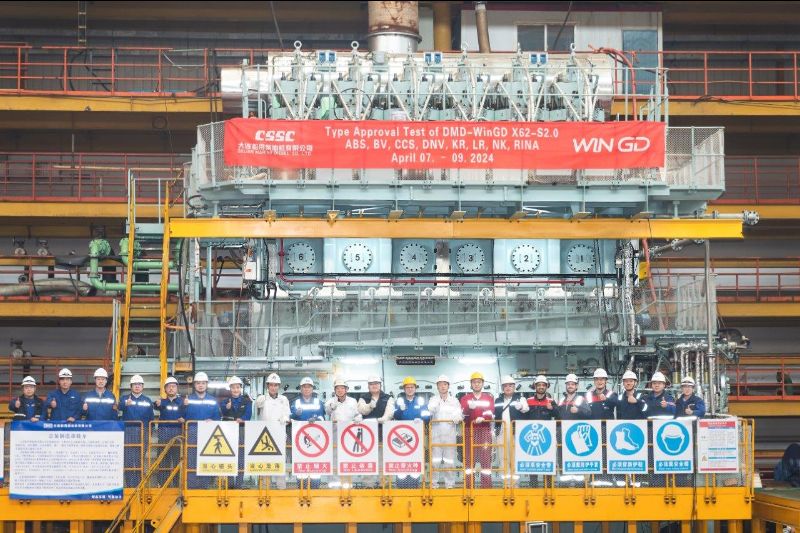Casualty Outlook
Three serious incidents have dominated the past week with the disappearance of the Arctic Sea, its cargo of timber valued at a little under $2m and its crew of more than a dozen Russian seafarers, garnering most of the bandwidth. That’s only natural, given the mysterious circumstances.
The trouble with speculating about what’s happened to the vessel is that there are simply too many options and not enough facts. Taken by the crew? Hijacked by the Russian Mafia or a disgruntled business interest? Suddenly sunk by a rogue wave? Taken by Somali pirates sporting long range tanks on their skiff outboards? Did she ever actually leave the Baltic? Take a number, but it certainly has got the attention of the security services: Arctic Sea passed through some of the heaviest traffic lanes and patrolled areas on the planet and vanished on the way. Or did she?
That story will run and run for a while but the fate of the Langeland and its six crew off the coast of Sweden as she sought a safe haven in bad weather has already faded from what limited attention it did get. Notably within days the wreck of the vessel was found an ROVs sent down to inspect her. A similar search for the missing m/v Rezzak has been a no-go because, we’ve been told, none of the concerned parties want to pay for sidescan sonar to find her.
Ferries in developing countries continued to take their toll in Incident number three: the sinking of the Princess Ashika off Tonga with more than 90 now missing. It is an enormous blow to the island nation.A Royal Commission has been set up to investigate the incident.
Somalia still gets the lion’s share of attention when it comes to piracy so it’s worth remembering that, out of the spotlight, it’s still continuing in the South China Sea with some seven vessels attacked since January, the most recent being the Singaporean-register tug Tahir on August 2.
Don’t be surprised to hear that the Danish Maritime Authority wants to tighten up, if that’s the phrase, on alcohol on ships after the report on the grounding of the Karin Schepers. ““He first realized that the ship was aground when a man he did not know came on the bridge…” says the DMA report on the incident, he being the chief officer who was asleep on the bridge, drunk and with the bridge watch alarm switched off and the ‘man he did not know’ being a pilot from a passing vessel. Read the report to brighten your day.
If you’re quick you might catch the BBC Radio 4 documentary on the British merchant navy, Under The Red Duster, which for once giving the seafarer a bit of the attention he deserves for keeping the world afloat. You can listen to it online.
Unlock Exclusive Insights Today!
Join the gCaptain Club for curated content, insider opinions, and vibrant community discussions.
Be the First
to Know


Join the 107,294 members that receive our newsletter.
Have a news tip? Let us know.
Why Join the gCaptain Club?
Access exclusive insights, engage in vibrant discussions, and gain perspectives from our CEO.
Sign Up
 Join The Club
Join The Club










